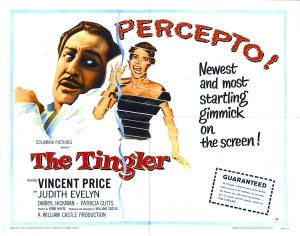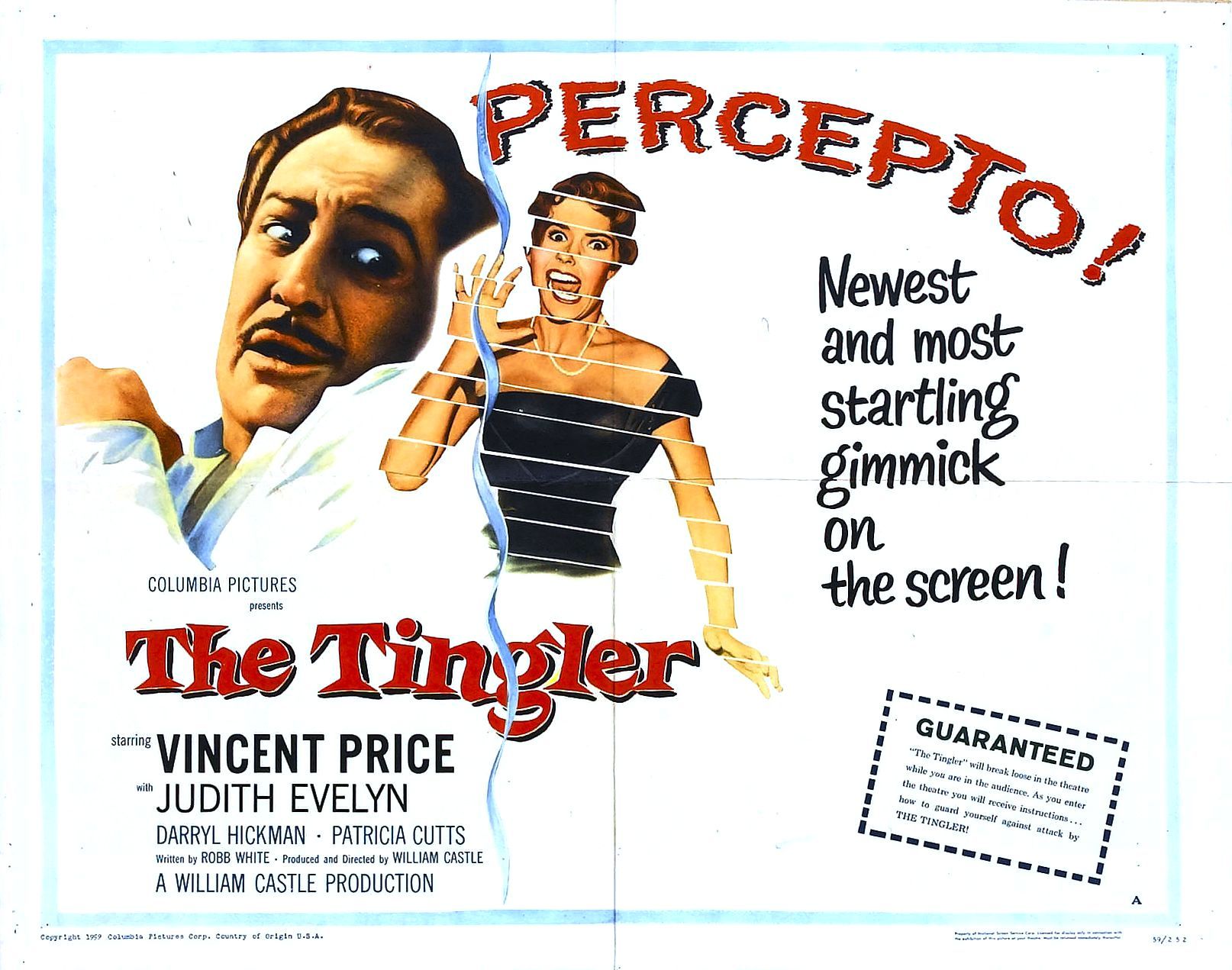
I live in a small city in Indiana. When I am in town and not flying about, I try to land at a local coffee shop to catch up on local gossip and the happenings of the day, Next to the coffee shop sits a Fedex shipping hub which is jointly run alongside a trophy shop. Above it sits a suit of offices, which now holds a church but at one time held the office of Syndicate Theatres. Syndicate Theatres was founded by Franklin Rembusch who truly loved the movies and guided the growth of this emerging art form on a global scale. While his reputation is not well known in North America, in academic circles in Europe he is celebrated as a true cinematic pioneer. Truly one of the first showmen.
As motion picture exhibitors gathered for the International Motion Picture Association’s second annual convention in June 1914, a majority declared that they preferred to rely on a mixed program made up of single and two reel films over the longer feature film for their everyday business. A voice from the MidWest, from all places Indiana spoke up in opposition to this thinking. The voice of dissension that spoke up was Frank J. Rembusch of Syndicate Theatres. The ideas he put forward was perceived by many in the movie business to be quite radical and his opinion and the arguments he put forward would later define the whole global movie industry.
In describing Rembusch’s opinion it was reported he “went so far as to advocate eliminating the footage method of producing pictures, saying art should not be measured by feet,” as reported the trade magazine of the day Motography, Motography was an American film journal that was first published in 1909 and ran until mid 1918. The magazine was published in 1909 and was originally named Nickelodeon, but then changed its name to Motography in 1911. The trade journal was published monthly by Electricity Magazine Corporation,with offices in both New York and Chicago. Motography was one of the most popular American Film trade papers, and was read primarily by individuals in the film industry, such as movie directors and movie theater owners.
Moving Picture World , the rival publication to Motography also quoted the Indiana exhibitor: “No other science is measured by the mile. … When the time comes—it must come eventually—
that films are made for the story and not by the foot we will have the highest art in moving pictures.” This type of artistic argument in favor of the multi-reel feature film identified a conflict between ambitions for artistic progress and a commercial organization of the film industry that was predicated on the handling of strips of movie celluloid as if they were “simply merchandise” and not an artistic expression. It would also allow moviemakers the thought process that maybe movies could be 40 minutes long and their were showmen who were open to the longer length films,
Mr. Rembusch’s “footage method of producing pictures” implied that moviemakers were under commercial and industrial pressure to ensure that the film fitted the single-reel format, regardless of the nature of the story. Franklin Rembusch began to define the innovation and thought process that soon would produce feature length film from the like of David Wark Griffith, with The Birth of The Nation, Buster Keaton’s The General and Ernest Shipman’s Back To God’s Country. As a lover of the movies, I am so grateful for the vision and innovation shown by Mr. Rembusch. I came across this reporting of his activities in a book put out by the University of Stockholm, Sweden. As always a prophet is often scorned in this own land. The Swede’s celebrate Rembusch as being the first advocate for the story driven movies.
His son Truman took over Syndicate Theatres in 1928 and ran it until his retirement in 1997. The Rembusch and Syndicate took a stand again when the film Stromboli was released in 1950 and Syndicate decided to ban it from it’s entire chain due the the fact that Roberto Rossellini and Ingrid Bergman had a child out of wedlock and the publicity surrounding it. This action made nationwide news. Syndicate felt that the studios were exploiting the birth of this child as a method of publicizing the movie. They wanted no part of it.
Truman Rembusch was know for is frank way of dealing with the studios, either testifying against them in regard to violations of the Sherman Act, which gave rise to the Paramount decree or by buying shares of the studios, allowing him to speak at the annual studio’s shareholder’s meetings. I am sure much to their chagrin. The Rembusch’s were at their core….showmen. A showman is defined as a person who produces or presents shows as a profession, especially the proprietor, manager, or MC of a circus, fair, or other variety show.
These were men who were passionately committed to their business, to their industry, to fairness and they also cared for their community as a whole, they understand that community was the center of the movie business and they as prudent business people had to nurture and growth that community. In 1955, Truman Rembusch donated a 24ft movie screen and the use of a 35mm projector to Marian College, an Indianapolis based Catholic college.
Truman was a member of Christ the King Catholic Church, a member of the Knights of Columbus St. Pius X Council 3433, Notre Dame Club of Indianapolis, NATO National Association of Theatre Owners and Variety Club. He was named Notre Dame Man of the Year in 1950. He also served as president of the Theatre Owners of Indiana, national president of Allied States Association of Motion Picture Exhibitors, and president of the State Fair Board.
I will put forward that none of the major circuits are being run by anything even close to showmen, and boy does this industry need showmen (and showwomen) now more than ever.
Lets take a quick look at who is running the major circuits right now.
Regal,
Amy Miles, CEO, Ms.Miles was a Senior Manager with Deloitte& Touche from 1998 to 1999 and was with PricewaterhouseCoopers, LLP from 1989 to 1998 .
Cinemark
Mark Zoradi CEO, COO Dreamworks and Walt Disney Television.
AMC
Adam Aron, Chief Executive Officer of Starwood Hotels and Resorts Worldwide, Inc.
Not a showman or show woman among them….but if you want your taxes done , a good deal on a dvd, or a dynamite hotel room….these are your folks.
Next week I shall sit down at a sidewalk table grab a coffee (good coffee by the way) and look up at the second floor of 55 East Court Street and imagine the Ballyhoo and razzle dazzle once wielded by Franklin and Truman Rembusch in that noble office. The heart of the movies still beats strong in Franklin. The Historic Artcraft Theatre, the greatest community. movie theatre on this planet is still operation and by the way once owned by Syndicate Theatres.
Exhibitors needs to take a lesson from these brilliant men and start acting on their own vision and not on the vision of the studios. Next time an issue arises ask yourself….What Would Truman Do?

